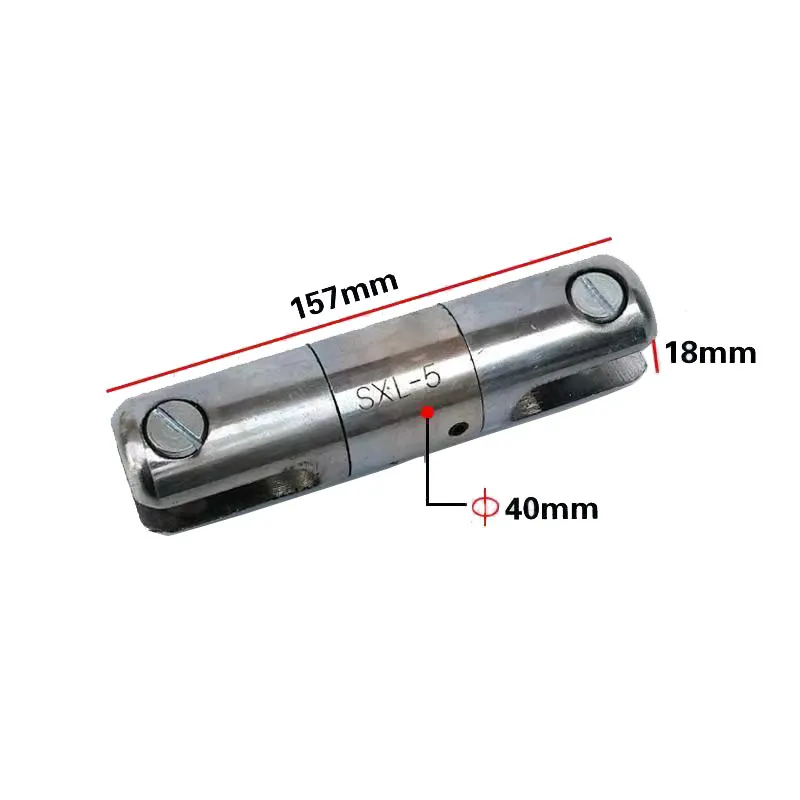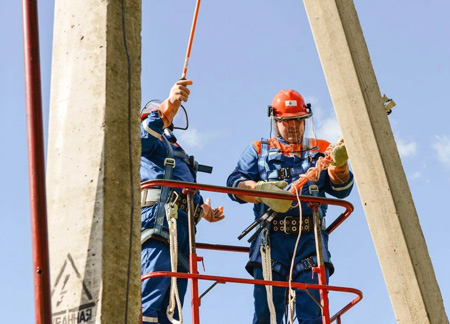
-
 Afrikaans
Afrikaans -
 Albanian
Albanian -
 Amharic
Amharic -
 Arabic
Arabic -
 Armenian
Armenian -
 Azerbaijani
Azerbaijani -
 Basque
Basque -
 Belarusian
Belarusian -
 Bengali
Bengali -
 Bosnian
Bosnian -
 Bulgarian
Bulgarian -
 Catalan
Catalan -
 Cebuano
Cebuano -
 Corsican
Corsican -
 Croatian
Croatian -
 Czech
Czech -
 Danish
Danish -
 Dutch
Dutch -
 English
English -
 Esperanto
Esperanto -
 Estonian
Estonian -
 Finnish
Finnish -
 French
French -
 Frisian
Frisian -
 Galician
Galician -
 Georgian
Georgian -
 German
German -
 Greek
Greek -
 Gujarati
Gujarati -
 Haitian Creole
Haitian Creole -
 hausa
hausa -
 hawaiian
hawaiian -
 Hebrew
Hebrew -
 Hindi
Hindi -
 Miao
Miao -
 Hungarian
Hungarian -
 Icelandic
Icelandic -
 igbo
igbo -
 Indonesian
Indonesian -
 irish
irish -
 Italian
Italian -
 Japanese
Japanese -
 Javanese
Javanese -
 Kannada
Kannada -
 kazakh
kazakh -
 Khmer
Khmer -
 Rwandese
Rwandese -
 Korean
Korean -
 Kurdish
Kurdish -
 Kyrgyz
Kyrgyz -
 Lao
Lao -
 Latin
Latin -
 Latvian
Latvian -
 Lithuanian
Lithuanian -
 Luxembourgish
Luxembourgish -
 Macedonian
Macedonian -
 Malgashi
Malgashi -
 Malay
Malay -
 Malayalam
Malayalam -
 Maltese
Maltese -
 Maori
Maori -
 Marathi
Marathi -
 Mongolian
Mongolian -
 Myanmar
Myanmar -
 Nepali
Nepali -
 Norwegian
Norwegian -
 Norwegian
Norwegian -
 Occitan
Occitan -
 Pashto
Pashto -
 Persian
Persian -
 Polish
Polish -
 Portuguese
Portuguese -
 Punjabi
Punjabi -
 Romanian
Romanian -
 Russian
Russian -
 Samoan
Samoan -
 Scottish Gaelic
Scottish Gaelic -
 Serbian
Serbian -
 Sesotho
Sesotho -
 Shona
Shona -
 Sindhi
Sindhi -
 Sinhala
Sinhala -
 Slovak
Slovak -
 Slovenian
Slovenian -
 Somali
Somali -
 Spanish
Spanish -
 Sundanese
Sundanese -
 Swahili
Swahili -
 Swedish
Swedish -
 Tagalog
Tagalog -
 Tajik
Tajik -
 Tamil
Tamil -
 Tatar
Tatar -
 Telugu
Telugu -
 Thai
Thai -
 Turkish
Turkish -
 Turkmen
Turkmen -
 Ukrainian
Ukrainian -
 Urdu
Urdu -
 Uighur
Uighur -
 Uzbek
Uzbek -
 Vietnamese
Vietnamese -
 Welsh
Welsh -
 Bantu
Bantu -
 Yiddish
Yiddish -
 Yoruba
Yoruba -
 Zulu
Zulu


TEL:
0086-311-88862036
Jan . 21, 2025 01:29 Back to list
cord grip fittings
In the realm of electrical installations, cord grip fittings often serve as unsung heroes, providing vital support in ensuring secure and efficient electrical connections. Understanding their significance requires diving deep into the practical experiences of industry professionals, the technicalities that define their function, and the considerations that inform their optimal use. This article will explore these aspects, providing insights that are not only authoritative but rooted in the expertise of recognized professionals.
Speaking of authority, leading manufacturers in the field emphasize innovation in material science and design to meet the ever-evolving demands of modern installations. Advances in grip technology now incorporate features such as sealing rings and locknuts, which provide improved ingress protection against dust and moisture, making them suitable for harsh environments. Additionally, the development of flame-retardant properties ensures compliance with stringent safety regulations, thereby reinforcing their credibility and trustworthiness in critical applications. On the frontlines, electrical inspectors and safety officers often witness firsthand the pitfalls of inadequate cord grip solutions in the field. Their recommendations are grounded in firsthand experiences, offering solid evidence for adopting high-caliber products. When cord grips are correctly employed, they prevent tripping hazards and facilitate cable management, making routine inspections and maintenance more straightforward and less time-consuming. For installers, selecting the right cord grip fitting often involves more than simply consulting specification sheets; it can entail on-site evaluations or even pilot testing products in typical operational conditions. This experiential knowledge helps bridge the gap between theoretical principles and practical application, ensuring that installations not only meet regulatory compliance but also perform optimally over time. In conclusion, cord grip fittings play a pivotal role in the safety and functionality of electrical systems. They bring together expertise, innovation, and compliance, offering tangible benefits from both a technical and operational perspective. Recognizing their importance and acting upon this understanding by selecting and applying the right fittings can significantly enhance the performance and reliability of electrical installations. As industry leaders continue to innovate and improve upon these essential components, the assurance they provide only strengthens their position as indispensable elements in electrical engineering and construction.


Speaking of authority, leading manufacturers in the field emphasize innovation in material science and design to meet the ever-evolving demands of modern installations. Advances in grip technology now incorporate features such as sealing rings and locknuts, which provide improved ingress protection against dust and moisture, making them suitable for harsh environments. Additionally, the development of flame-retardant properties ensures compliance with stringent safety regulations, thereby reinforcing their credibility and trustworthiness in critical applications. On the frontlines, electrical inspectors and safety officers often witness firsthand the pitfalls of inadequate cord grip solutions in the field. Their recommendations are grounded in firsthand experiences, offering solid evidence for adopting high-caliber products. When cord grips are correctly employed, they prevent tripping hazards and facilitate cable management, making routine inspections and maintenance more straightforward and less time-consuming. For installers, selecting the right cord grip fitting often involves more than simply consulting specification sheets; it can entail on-site evaluations or even pilot testing products in typical operational conditions. This experiential knowledge helps bridge the gap between theoretical principles and practical application, ensuring that installations not only meet regulatory compliance but also perform optimally over time. In conclusion, cord grip fittings play a pivotal role in the safety and functionality of electrical systems. They bring together expertise, innovation, and compliance, offering tangible benefits from both a technical and operational perspective. Recognizing their importance and acting upon this understanding by selecting and applying the right fittings can significantly enhance the performance and reliability of electrical installations. As industry leaders continue to innovate and improve upon these essential components, the assurance they provide only strengthens their position as indispensable elements in electrical engineering and construction.
Next:
Latest news
What Are Construction Tools and How Are They Used?
NewsJul.11,2025
Professional-Grade Duct Rodding Tools for Superior Cable Installation
NewsJul.11,2025
Enhancing Safety and Efficiency with Modern Hot Stick Solutions
NewsJul.11,2025
Empowering Cable Installation with Advanced Rodder Solutions
NewsJul.11,2025
Elevate Your Cable Installation Projects with Cable Pulling Tools
NewsJul.11,2025
Efficient Cable Handling Solutions: Cable Rollers for Sale
NewsJul.11,2025
Copyright © 2025 Shijiazhuang Bilo Import and Export Trading Co., Ltd. All Rights Reserved. Sitemap | Privacy Policy

BlLo lmport & Éxport is specialized in power and cable equipment andconsiruction tools,Qur main producis are FRP
duct rodder, cable rollerscable pulling winch, cable drum jack, cable pulling sock, etc.
Copyright © 2025 Shijiazhuang Bilo Import and Export Trading Co., Ltd. All Rights Reserved. Sitemap | Privacy Policy










